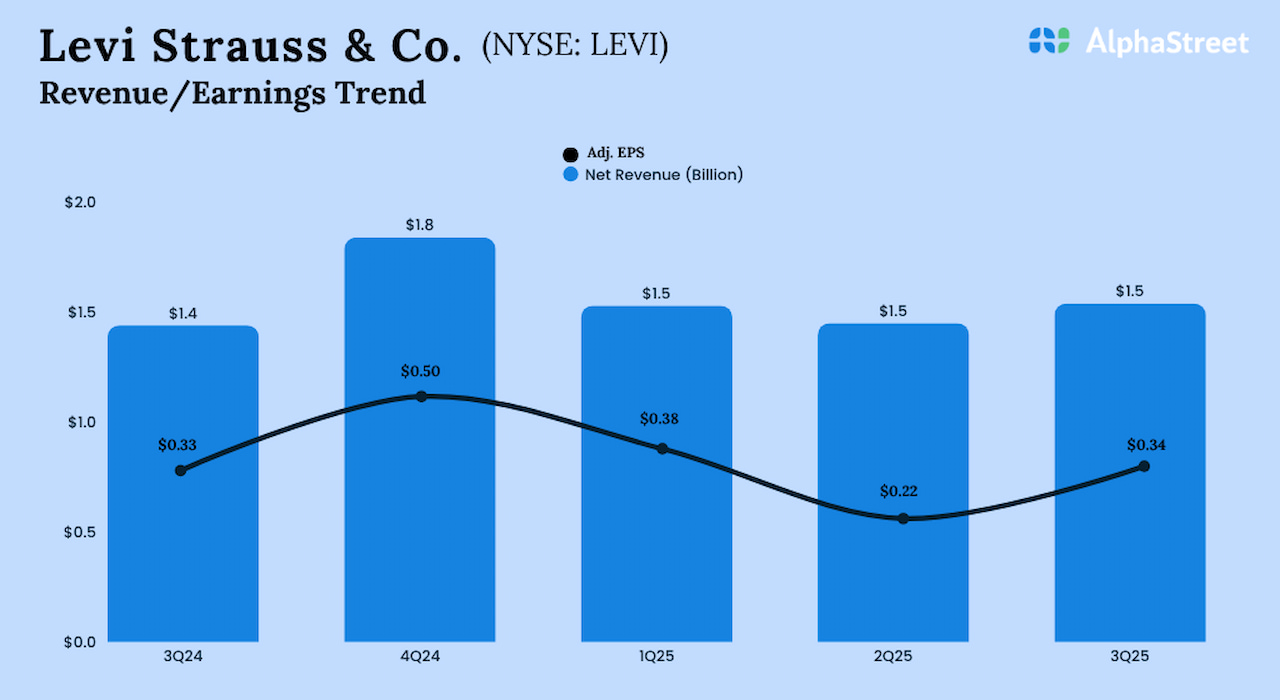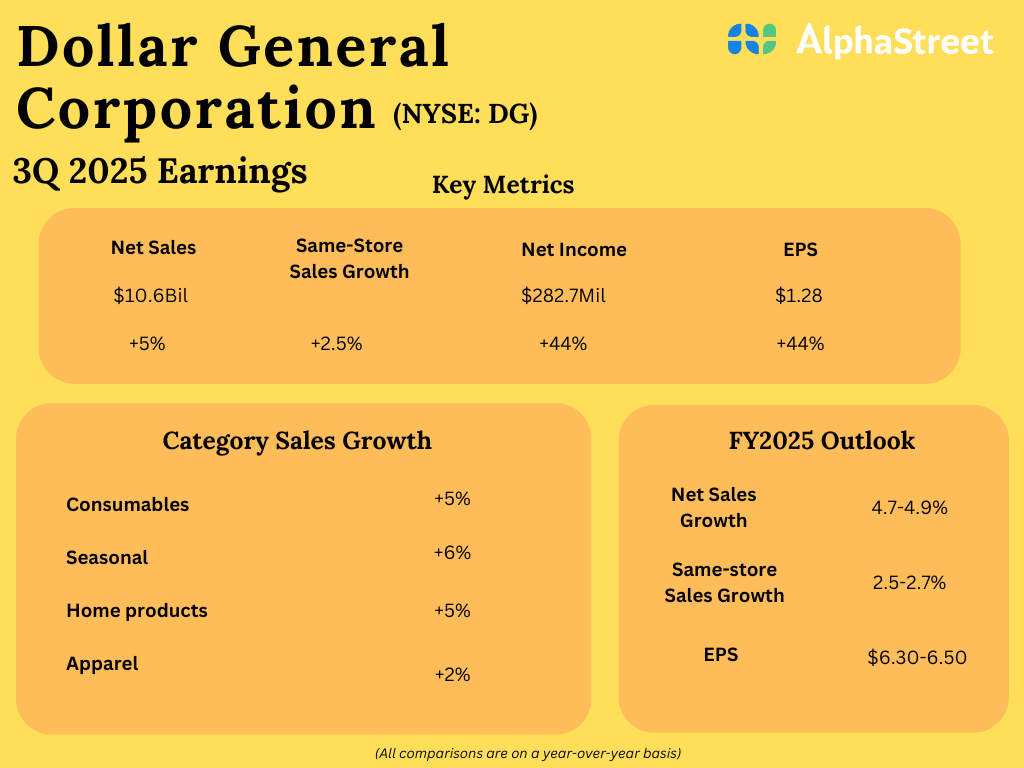The fiscal fight that resulted in the current federal government shutdown is, at its core, about the healthcare sector, spiraling healthcare costs, and federal subsidies. The main focus is the end-of-year expiration of enhancements to the Affordable Care Act premium taxA tax is a mandatory payment or charge collected by local, state, and national governments from individuals or businesses to cover the costs of general government services, goods, and activities. credits (PTCs), which, if extended permanently, would cost about $350 billion over the next decade, according to the Congressional Budget Office (CBO).
However, PTCs are but one of many federal subsidies and tax preferences for health care, making this sector by far the most heavily government-subsidized sector in the economy. Healthcare spending has grown to almost one-third of the federal budget and, combined with tax preferences, now exceeds $2 trillion or 8 percent of GDP. These subsidies are forecasted to continue growing faster than the overall economy, making reforms that control costs imperative to achieve a sustainable fiscal trajectory.
Federal Budget Increasingly Dominated by Healthcare Spending
Federal healthcare spending far exceeds spending on national defense or any other industry, according to the latest data from the Office of Management and Budget (OMB). In 2024, the federal government spent $1.98 trillion on health care, amounting to 29.4 percent of the federal budget and 6.9 percent of GDP. Healthcare spending, including programs like Medicare and Medicaid, was more than one-third of non-interest federal spending last year (33.8 percent) and more than twice the size of the defense budget (which totaled $874 billion in 2024, excluding the Defense Health Program, or 12.9 percent of the federal budget).
Healthcare spending far exceeded other sector-specific spending, such as education and training ($320 billion or 4.7 percent of the budget), agriculture and food assistance ($182 billion or 2.7 percent), transportation ($137 billion or 2.0 percent), housing ($70 billion or 1.0 percent), and energy ($14 billion or 0.2 percent).
Federal healthcare spending has grown at a staggering rate over the last several decades, mainly through expansions of Medicare and Medicaid beginning in the 1960s that increased benefits and eligibility for those programs, but also due to an aging population, increased income and ability to pay for health care, and the rising cost of health care. In 1962, prior to the advent of Medicare and Medicaid, the federal government spent $2.3 billion for health programs, representing about 2.1 percent of the budget and about 0.4 percent of GDP.
Back then, healthcare spending from all sources, including state and local governments as well as private spending, was about 5 percent of GDP, and the federal government’s share of that spending was about 7 percent. Since that time, overall healthcare spending has grown to 18 percent of GDP, as of 2024, and the federal share has grown to more than 38 percent.
As of 2024, Medicare spending reached $874 billion (net of premiums) while Medicaid surpassed $617 billion. The next largest category of healthcare spending is veterans’ medical care, costing $138 billion in 2024, followed by health insurance assistance, made up primarily of PTCs, costing $110 billion in 2024. While run through the IRS, the federal government counts about 90 percent of the cost of PTCs as outlays because of the especially large refundable portion that is in excess of tax liability.
The cost of federal health insurance assistance has more than doubled since the pandemic, from $52 billion in 2020 to $110 billion in 2024, following enhancements that were made to PTCs as part of the American Rescue Plan Act of 2021, which were later extended through the end of this year as part of the InflationInflation is when the general price of goods and services increases across the economy, reducing the purchasing power of a currency and the value of certain assets. The same paycheck covers less goods, services, and bills. It is sometimes referred to as a “hidden tax,” as it leaves taxpayers less well-off due to higher costs and “bracket creep,” while increasing the government’s spendin Reduction Act of 2022. The enhancements reduce the maximum amount eligible enrollees are required to contribute toward health insurance premiums for health insurance purchased through the Affordable Care Act (ACA) exchanges and extend eligibility to people whose income is above 400 percent of the poverty level.
Fiscal Cost Compounded by Tax Preferences for Health Care
In addition to federal healthcare spending, the federal tax code provides several tax preferences for health care. PTCs are the largest tax credit in the tax code, which, in addition to the outlay effects described above, also reduced income tax revenue by about $14 billion in 2024, according to Treasury’s estimates.
Far and away the largest tax preference for health care is the exclusion for employer-sponsored health insurance (ESI) premiums, which reduced federal income tax revenue by $247 billion and federal payroll taxA payroll tax is a tax paid on the wages and salaries of employees to finance social insurance programs like Social Security, Medicare, and unemployment insurance. Payroll taxes are social insurance taxes that comprise 24.8 percent of combined federal, state, and local government revenue, the second largest source of that combined tax revenue. revenue by $152 billion in 2024. Other major health tax preferences include health savings accounts, the deductibility of medical expenses, the deductibility of charitable contributions to health institutions, and the deductibility of self-employed medical insurance premiums, which together cost about $46 billion in 2024.
Treasury’s estimate for all health sector tax expenditures totaled $465 billion in 2024, amounting to about 27 percent of all tax expenditures estimated by Treasury (Treasury does not account for the tax exemption for hospitals, which costs more than $15 billion per year). These tax expenditures amount to about 9 percent of all US healthcare spending from all sources.
By comparison, tax expenditures for housing totaled $290 billion (17 percent of Treasury’s tax expenditureTax expenditures are departures from a “normal” tax code that lower the tax burden of individuals or businesses through an exemption, deduction, credit, or preferential rate. However, defining which tax expenditures grant special benefits to certain groups of people or types of economic activity is not always straightforward. budget), education and training $105 billion (6 percent), and energy $63 billion (4 percent) in 2024.
The fiscal cost of federal tax preferences for health care has grown at a slower rate than federal spending for health care, generally matching growth in overall US healthcare spending from all sources.
Combining health sector tax expenditures with federal healthcare spending, the total fiscal cost of federal healthcare subsidies was more than $2.4 trillion in 2024, amounting to more than 47 percent of all US healthcare spending from all sources.
Healthcare Subsidies Projected to Continue Growing Under Current Law
Federal healthcare spending as a share of GDP has been on a remarkably steady trend upward, growing slightly more than one percentage point per decade on average over the last six decades. Spending growth was on course to continue at that rate until Republicans passed the One Big Beautiful Bill Act (OBBBA) that tightened rules and reduced eligibility for Medicaid and PTCs, which Democrats are seeking to unwind as part of the budget negotiations while simultaneously extending the PTC enhancements.
If nothing changes and the PTC enhancements are not extended, the OBBBA will reduce federal healthcare spending by about $1.1 trillion over the next decade, reducing growth in these programs to about half the historical rate so they rise from 6.9 percent of GDP in 2024 to about 7.4 percent in 2034.
Healthcare tax expenditures are projected to grow from 1.6 percent of GDP in 2024 to about 2.0 percent in 2034. Combined with federal healthcare spending, the total fiscal cost of federal healthcare subsidies is set to rise from 8.5 percent of GDP in 2024 to about 9.4 percent of GDP in 2034.
How Sustainable Are These Subsidies and What Options Are There for Reform?
There are a lot of issues and goals to consider in healthcare policy—including improving affordability, access, and quality—but a primary concern should be the sustainability of federal healthcare subsidies in the context of unprecedented deficits and debt and their associated costs in the coming years.
Interest costs on the federal debt, for instance, are projected to reach an all-time high of $1 trillion, or 3.2 percent of GDP this fiscal year, before growing to more than 4 percent of GDP by 2034. The primary deficit, which excludes interest costs, is set to rise above 3 percent over the next decade, pushing the total deficit to levels that have never been sustained in peacetime.
We have modeled options to limit the largest healthcare tax expenditure, the exclusion for employer-sponsored health insurance, estimating that capping the income tax exclusion for the most expensive plans would raise as much as $389 billion over the next decade, about 0.1 percent of GDP in 2034. While the exclusion and other tax expenditures could be limited further, there is much more scope for savings on the spending side through reforms to the major healthcare programs, including Medicare, Medicaid, and the ACA exchanges.
For instance, CBO has estimated several options to reduce Medicare and Medicaid spending that could save more than $4 trillion over the next decade, some of which would build on OBBBA reforms, including capping federal spending on Medicaid, limiting state taxes on healthcare providers, reducing federal Medicaid matching rates, increasing premiums paid for Medicare, and requiring site-neutral payments. These and other reforms to major healthcare programs, including streamlining ACA provisions, would reduce waste in healthcare spending, improve efficiency, and reduce cost pressures.
Studies indicate several problems with ACA insurance, including high cost of premiums and high implicit marginal tax rates from PTC phaseouts. Rather than continuing to subsidize the ACA and other inefficient healthcare programs, lawmakers should use this opportunity to change course and institute reforms that might finally “bend the cost curve” in health care downward.
Stay informed on the tax policies impacting you.
Subscribe to get insights from our trusted experts delivered straight to your inbox.
Subscribe
Share this article




























